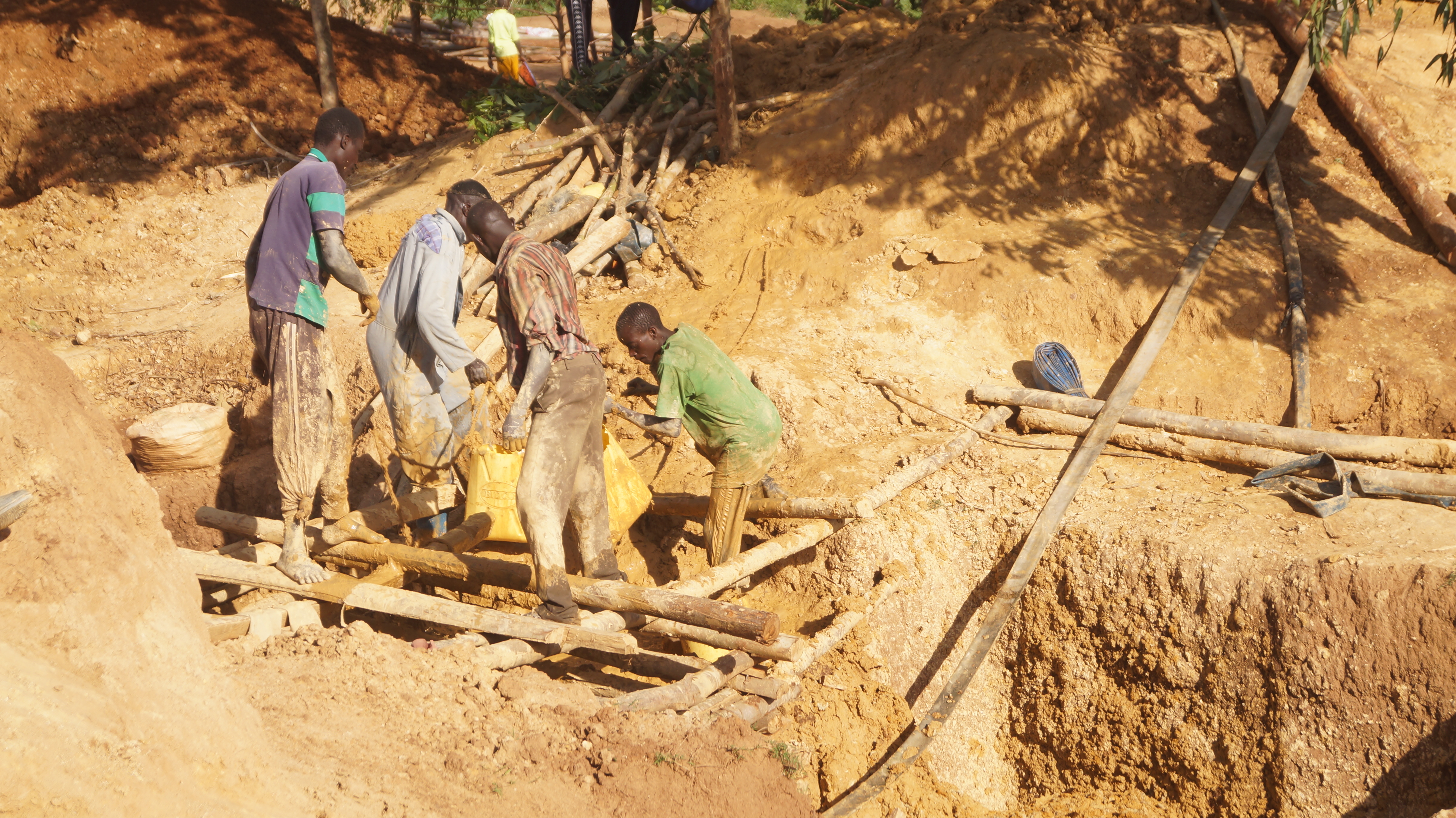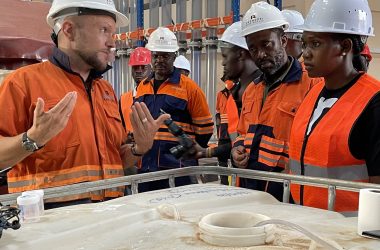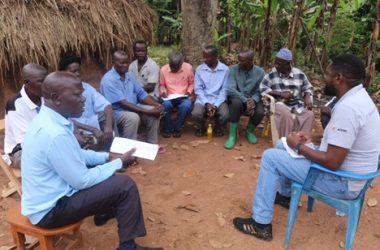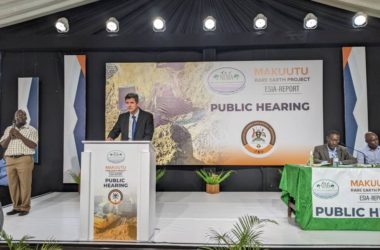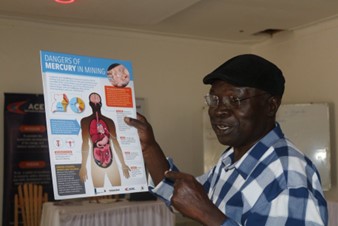Nineteen-year-old Achuu Vicky Faith met her death on the morning of Thursday, 12th August 2021. Like the proverbial early bird, she, her aunt Akongo Grace Palmer and cousin entered a mine early morning to gather as much gold as they could before it got crowded.
Like many ASM informal operations, the pit they were working in was locally dug, posing a danger of caving in owing to the weak walls as miners burrowed their way deeper with rudimentary tools, following the elusive gold veins.
On the fateful morning, one of the workers who had just arrived made an alarm on realising the mine had caved, burying people. Whereas Akullo and her other niece, fourteen-year-old Akullo Ayoo Palmer, were rescued and later rushed to Morulem hospital, Achuu, who is now survived by one child, was not that fortunate.
Ayoo is supposed to be studying in Primary three, but instead supplements family incomes working in the mines due to the covid19-induced closure of schools.
With over 500 ASMs operating here, Basil Oketch, one of the gold buyers, contends that the fatality rate could have been worse.Accidents have been reported at Abwor dwong hill before, pointing to an even critical and yet inherent issue of occupational health and safety in the operations of ASMs across the country.
On the afternoon of June 15, 2021, the country was rocked by an incident in the posh suburb of Muyenga, located southeast of the Kampala Central Business District, when a mound of loose earth collapsed from atop a cliff below which people had been quarrying, killing three and injuring others.
Muyenga’s landmark massive rocky outcrops have turned into huge quarries over the years, birthing a booming construction materials mini-industry in the area whose products have ready market in the fast-developing neighborhoods.
Similarly, in April this year, an incident happened in Kanungu district where sand mining is a livelihood for thousands of locals. Two deaths, occasioned by an avalanche of sand that buried the victims, led authorities to temporarily ban the activity until district security officials instituted standard mining practices to be adhered to by miners.
Prior to that in March, two people died working at a stone quarry after debris buried them alive in Katooma, Ibanda Municipality where quarrying is a major source of livelihood for the locals.
The World Bank and Pact Status of ASM Sector Report 2020 found that as long as the sector remains informal, it leaves artisanal workforces around the globe exposed to dangerous working conditions.
Catherine Nyaketcho, a geologist with the Directorate of Geological Survey and Mines and researcher, cites enforcement gaps of an obsolete law governing OHS issues in Uganda.
“The law falls under the Ministry of Gender, Labour and Social Development who are responsible for enforcement. They are the custodians of OHS regulations and Occupational Health and Safety Act (2006) but are understaffed, underfunded, have no capacity to monitor the mining sector and mostly focus on formal businesses,” she says.
Indeed, as more attention is given to the formal sectors, OHS issues in the ASMQ sector abound as efforts to formalise it drag on. The pits tucked away up in the hilly areas and deep in the rural environs and ever growing quarries around the country remain a death trap.

